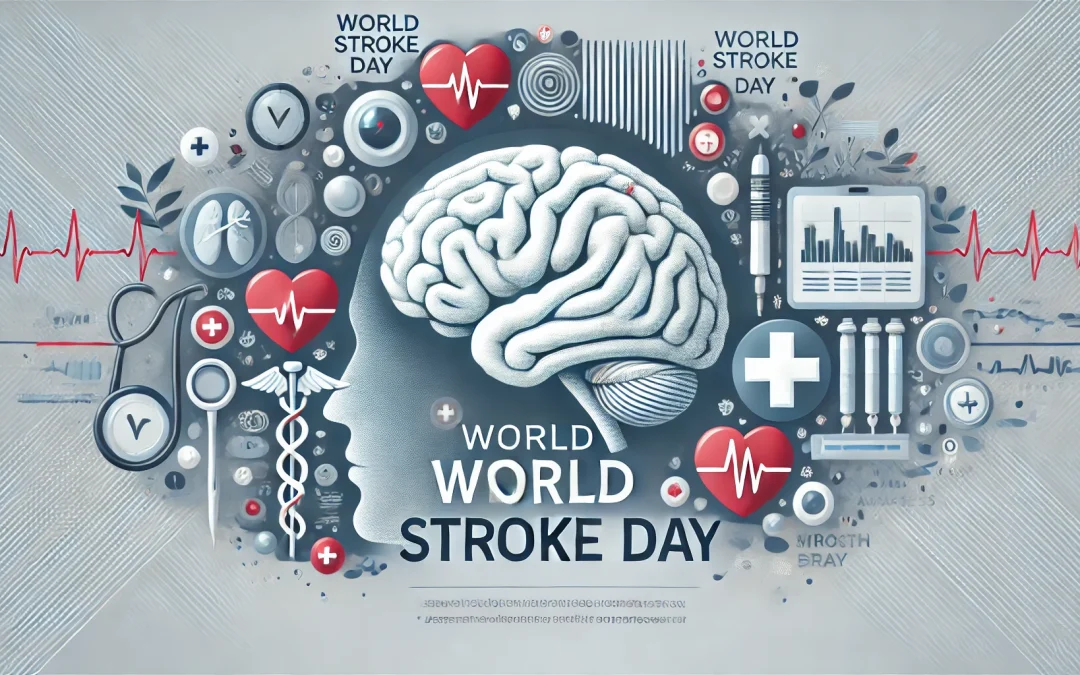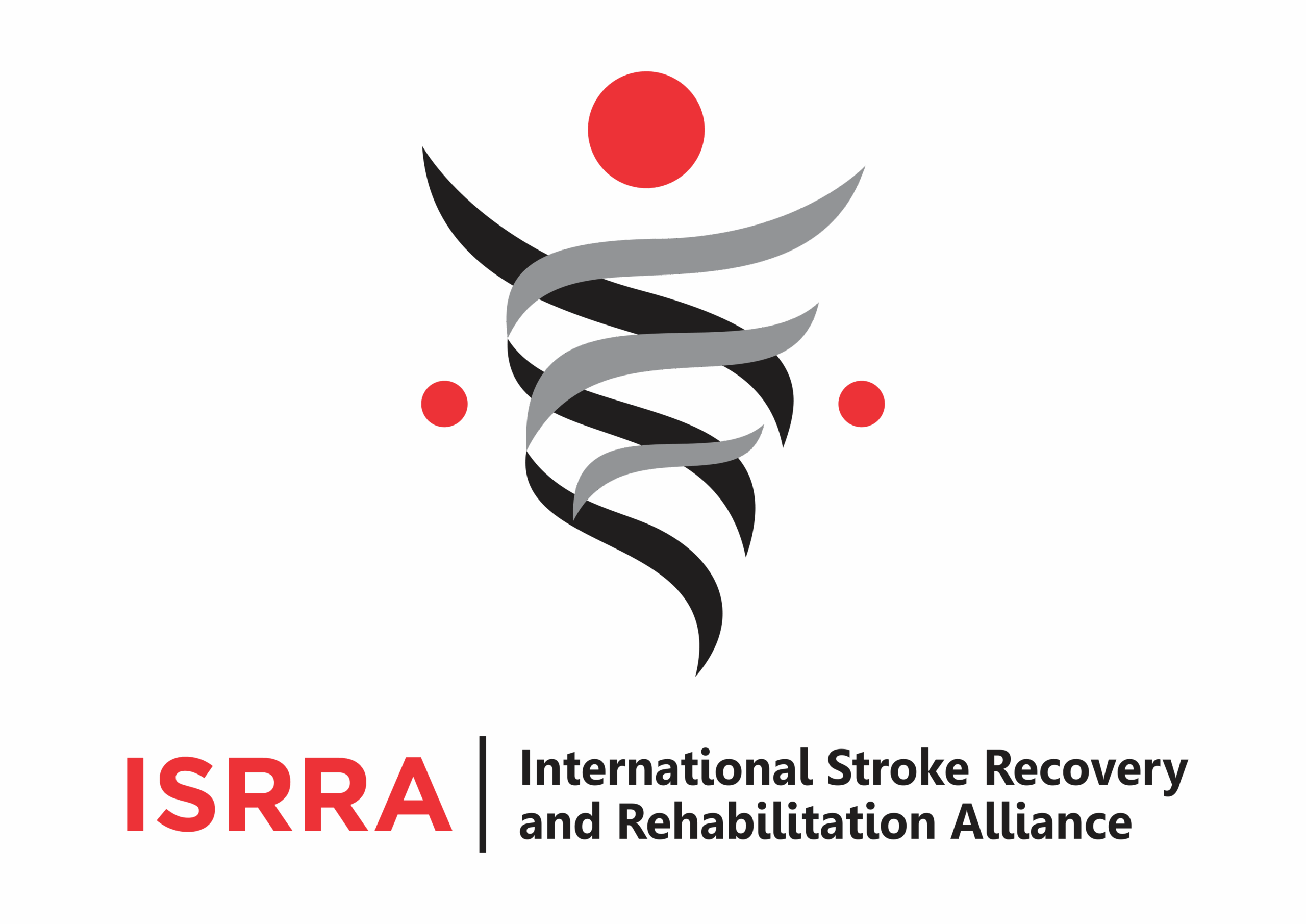On World Stroke Day, our research group at the Sant Pau Research Institute (IR Sant Pau) is proud to announce groundbreaking findings from two recent studies identifying new chromosomal regions associated with cerebrovascular risk. These studies, conducted in collaboration with hospitals across Spain, reveal significant genetic loci related to lacunar stroke and spontaneous intracerebral hemorrhage. These discoveries open new avenues for personalized therapies and emphasize the critical role of genetics in risk stratification for these severe cerebrovascular diseases.
The CTNND2 Gene and Lacunar Stroke
The first study, led by Dr. Jara Cárcel Márquez and Dr. Israel Fernández-Cadenas from the Neurovascular Pharmacogenomics and Genetics Group at IR Sant Pau, was published in Stroke. It focused on lacunar stroke, a subtype of ischemic stroke caused by the occlusion of small cerebral vessels. This pioneering, population-wide genomic analysis in Spain identified the gene CTNND2 as a significant factor in lacunar stroke risk, especially in men.
Data from 9,081 individuals, including 3,493 ischemic stroke cases and 5,588 healthy controls, were analyzed, and findings were validated with international consortia such as MEGASTROKE, GIGASTROKE, and the UK Biobank.
A major highlight was identifying locus 5p15.2, with the variant rs59970332-T closely linked to lacunar stroke. Located near this locus, CTNND2 gene may play a key role in vascular health and new blood vessel formation. Additional associations with other stroke-related genes, such as F2 and FGG, were also identified.
This genetic study in the Spanish population confirmed risk variants in 12 previously known genes linked to stroke in other international populations, advancing the application of precision medicine in Spain.
Dr. Cárcel remarked that “these findings may help identify individuals at higher stroke risk, allowing for targeted preventive measures in the future.” This research marks a significant step in understanding the genetic basis of ischemic stroke and highlights the importance of considering sex differences in genetic research.
New Loci in Spontaneous Intracerebral Hemorrhage
The second study, published in Neurology, was led by Dr. Elena Muiño and Dr. Israel Fernández-Cadenas. It investigated spontaneous intracerebral hemorrhage, a severe condition affecting 30 out of every 100,000 individuals worldwide each year. Through a novel approach, the team identified genetic variants associated with this disease that had previously been missed in traditional studies.
The innovation lay in combining a meta-analysis integrating genetic data from various diseases associated with intracerebral hemorrhage, enhancing the statistical power to detect four previously unidentified genetic loci associated with the condition.
Prior GWAS studies had only identified two main loci related to ICH: APOE for lobar hemorrhage and 1q22 locus for non-lobar hemorrhage. However, analyzing data from 1,543 patients combined with five phenotypes related to this disease, and a replication cohort of 399,717 individuals from the UK Biobank, the research team identified several new genetic loci, including OBFC1 (10q24.33), NECTIN2, APOC1 (19q13.32), and SH3PXD2A, which are now linked to ICH risk. The loci ICA1L (2q33.2) and COL4A2 (13q34) were also replicated for the first time.
Dr. Muiño explained, “This approach led to the identification of several new genetic loci, including those associated with biological processes like amyloid protein deposition or lipid metabolism, which could be promising therapeutic targets to reduce intracerebral hemorrhage risk in genetically predisposed individuals.”
The study employed bioinformatic tools like TWAS (Transcriptome-Wide Association Studies) and PWAS (Protein-Wide Association Studies) to deepen understanding of the disease’s biology by analyzing relationships between genetic variants and protein or transcript expression.
“This is a significant advancement in understanding the genetic basis of intracerebral hemorrhage,” stated Dr. Muiño. “Identifying these loci provides critical insights into the underlying biological mechanisms and may highlight new therapeutic targets to reduce ICH risk and inform decision-making in complex patient cases.”
Funding and Collaboration
The lacunar stroke study was funded by the Carlos III Health Institute, ERA-NET NEURON, the Cooperative Research Network on Healthcare Results – Cerebrovascular Diseases, the Center for Networked Biomedical Research in Neurodegenerative Diseases (CIBERNED), as well as EU Next Generation funds, the CERCA Program of Generalitat de Catalunya, La Marató de 3cat, and the National Institutes of Health (NIH).
The intracerebral hemorrhage study was funded by the Carlos III Health Institute, the Generación Project, the MAESTRO Project, the INVICTUS+ network, and EU Next Generation funds. These achievements were made possible thanks to the collaboration of numerous hospitals across Spain and international consortia.
Reference Articles
Cárcel-Márquez, J. et al. (2024) “Sex-stratified genome-wide association study in the Spanish population identifies a novel locus for lacunar stroke”, Stroke; a journal of cerebral circulation, 55(10), pp. 2462–2471. Available at: https://doi.org/10.1161/STROKEAHA.124.047833
Muiño, E. et al. (2024) “Identification of genetic loci associated with intracerebral hemorrhage using a multitrait analysis approach”, Neurology, 103(8), p. e209666. Available at: https://doi.org/10.1212/WNL.0000000000209666






